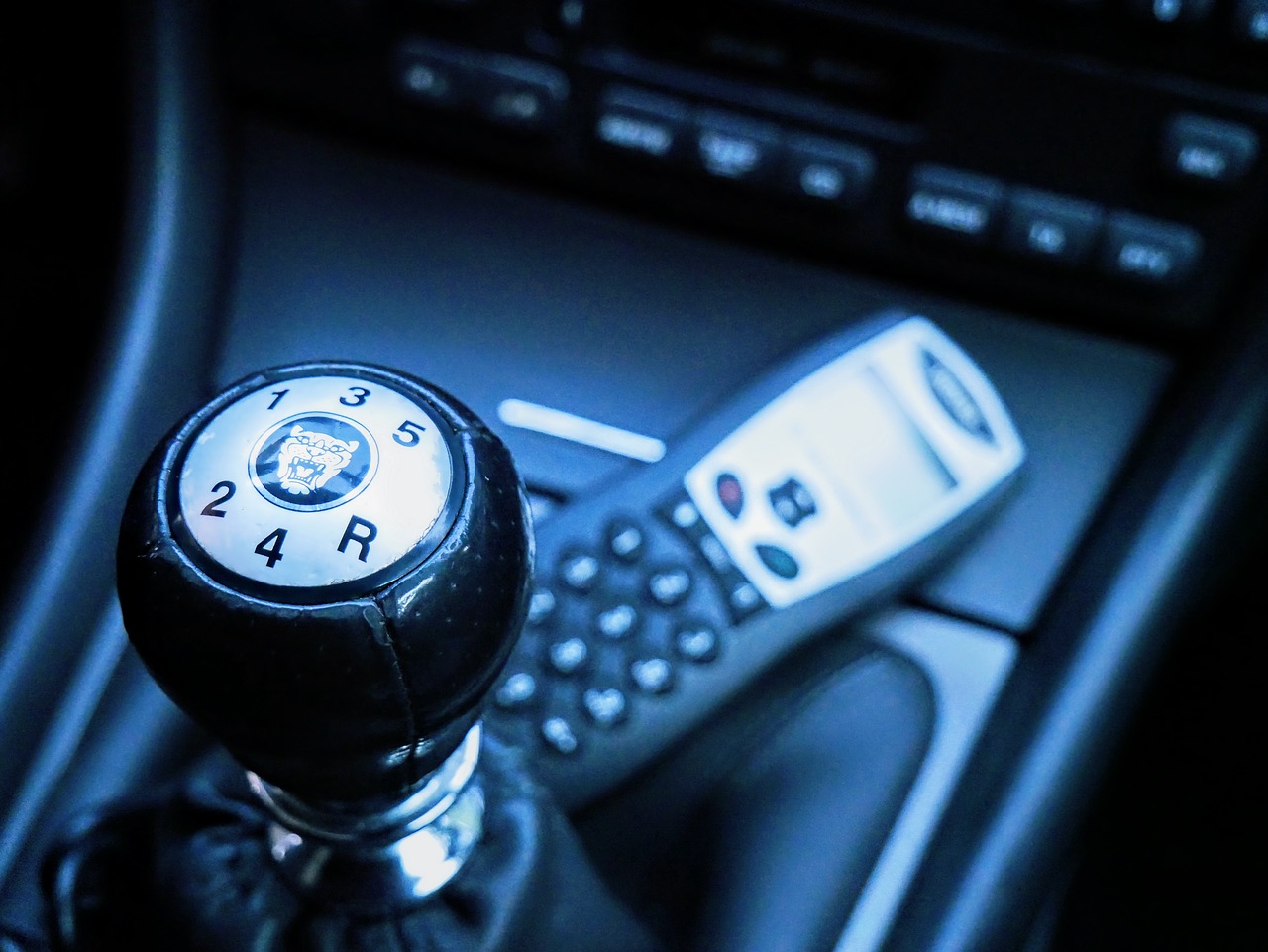If you’re used to driving a car with an automatic transmission, a manual transmission can be intimidating. Nowadays, many drivers never learn how to drive these vehicles at all, mostly because the vast majority of vehicles purchased in the U.S. have automatic transmissions.
However, learning how to drive a stick shift ensures you can drive any vehicle and is certainly a skill that will come in handy during your lifetime. As with any new skill, it is important to find a safe place to learn and practice before you head out onto busier streets. Once you learn how to drive a manual transmission, it’s just like riding a bike—you never forget. The real work is figuring out the clutch system and learning how to switch between gears without stalling.
The First Steps in Learning How to Drive a Manual Transmission
Before you start learning how to drive a stick shift, you need to understand how vehicles with manual transmissions differ from those with automatic ones.
While you are in the driver’s seat, take a look at the pedals at your feet. If the vehicle has a manual transmission, you’ll notice an additional third pedal. The pedal to the far left is the clutch and the other two are the same, with the brake in the middle and the right pedal being the accelerator. You use your left foot to operate the clutch and your right foot for the brake and the accelerator. Pushing in the clutch by stepping on the pedal disengages the connection between the engine flywheel and the transmission input shaft. When you release the pedal, the connection reengages.
Once you familiarize yourself with this pedal placement, look at the gear shifter, which is typically in the middle of the vehicle between the front passenger and driver. Check the gear shifter to see what the gear configuration is the for the vehicle. Generally, first gear is at the top left and the rest of the gears rotate from top to bottom and left to right. Your vehicle will likely have either five or six gears. When the gear shift is in the middle, the vehicle is in neutral. Gently rock the shifter and if it moves back and forth you can be sure you are in neutral.
Starting the Vehicle and Getting It Moving from a Stopped Position
Starting a manual car is a bit different than you may be used to with an automatic one. First, push the clutch all the way to the floor with your left foot to disengage the clutch and ensure the shifter is in the neutral position. Then, you can start the vehicle with your ignition. Make sure your right foot is on the brake and any emergency or parking brake is released before you turn the key. When you want to start moving, you will need to push in the clutch before moving the shifter.
With your left foot pushing in the clutch and your right foot on the break, move the shifter to the first gear position, which will be at the left and top of the gear box. Take your right foot off the brake pedal. Since this is your first time, be sure to do this on a flat surface or the vehicle will roll.
Slowly release the pressure on the clutch with your left foot. At the same time, begin to accelerate. Press the pedal very delicately as the vehicle goes into gear. First gear is only for about speeds up to 10 miles per hour, so you do not need to press heavily on the accelerator. Doing so could damage the clutch.
Learning How to Shift Properly Between Your Vehicle’s Gears
Eventually you will have released the clutch completely and will only be pressing the accelerator, which means you are in first gear. Continue to build speed. Eventually, you will need to shift to second gear. You can look at the RPM gauge or speed to figure out when it is appropriate to shift—you may also hear the engine straining. If it feels like you’re pressing on the gas, but the vehicle will not accelerate any faster, you likely need to upshift. All vehicles are different, so you will need to get a feel for the one you are driving.
Generally, you should use the following gears at these speeds:
- 0-10 mph: 1st gear
- 5-15 mph: 2nd gear
- 15-30 mph: 3rd gear
- 30-45 mph: 4th gear
- Over 45 mph: 5th gear
Notice these are ranges that overlap. Again, every car is different.
When it is time to upshift, take your foot off the accelerator while simultaneously pushing the clutch in with your left foot. Move the shifter to second gear and release the clutch as you apply the accelerator. Repeat this process to go up in gear as you need to get more speed.
The process of downshifting if you need to decrease your speed is that same as upshifting. When downshifting, your engine is likely revving higher, so you will need to push the accelerator pedal more than with upshifting, or the reduction in speed will be abrupt.
To go in reverse, find that gear on the shifter. Make sure you only go into reverse when at a complete stop. When you want to stop the vehicle and park, you will need to use the emergency brake every time because there is no “park” gear. You can leave your vehicle in first gear when you park, which will also help prevent moving or rolling. Press the clutch in fully until the ignition is turned off and then release it.
